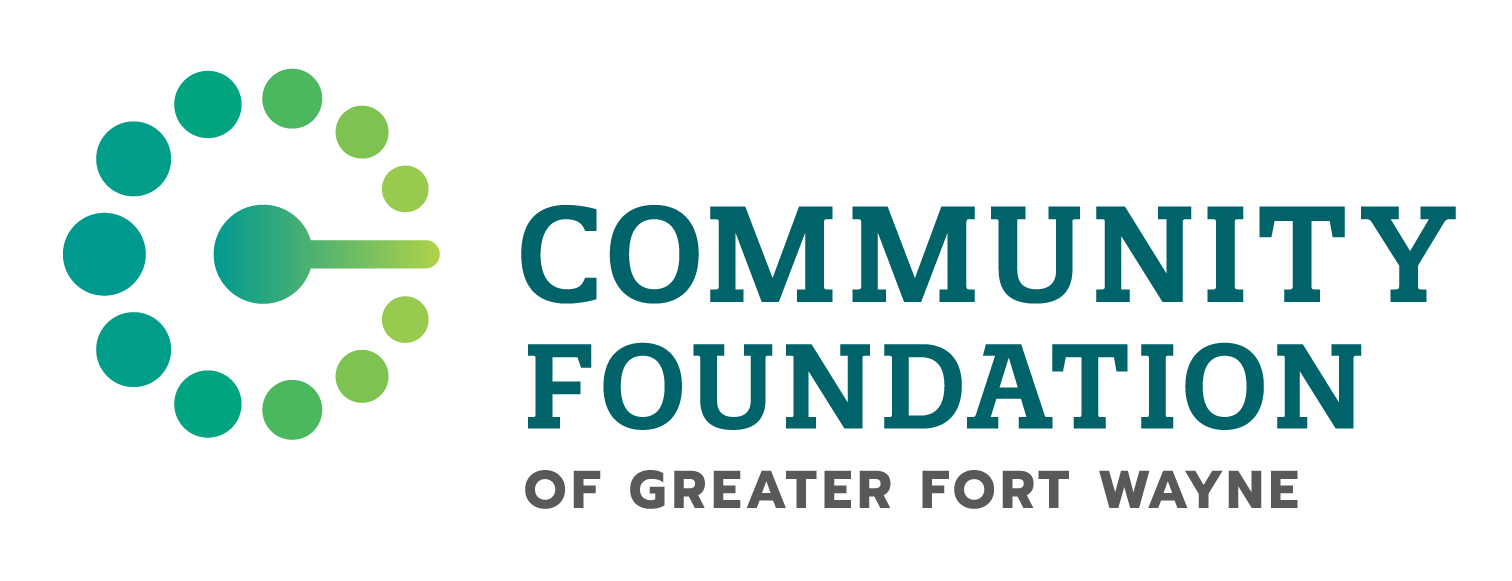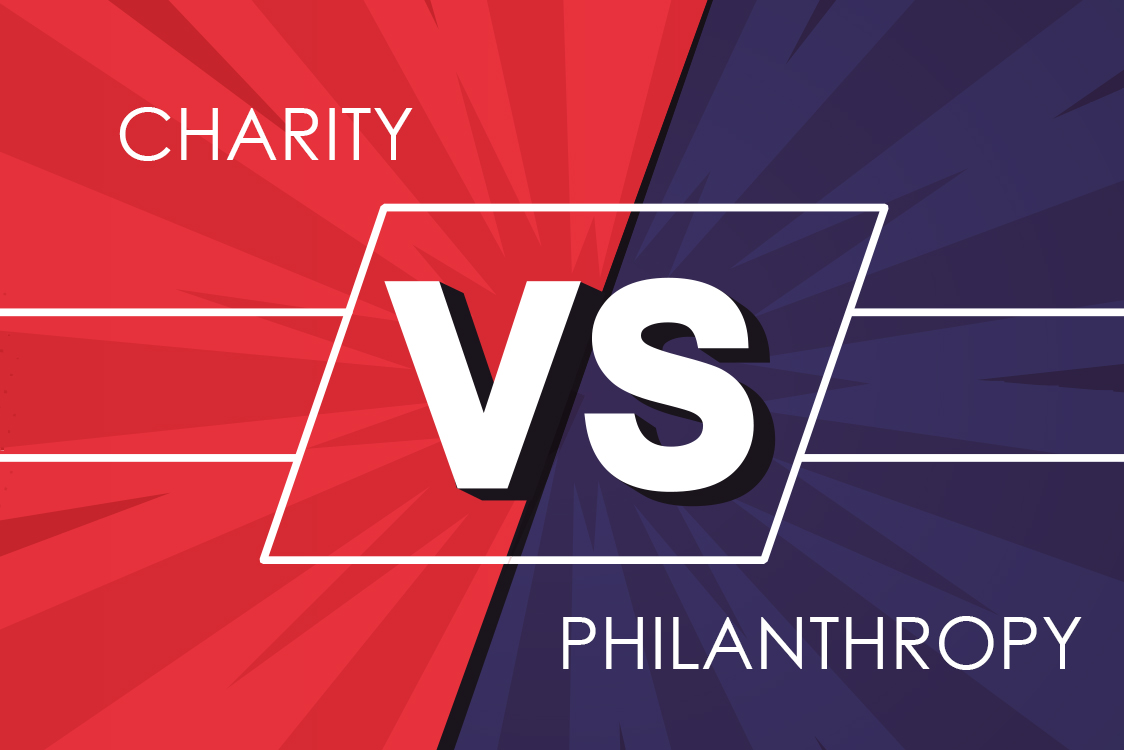The words charity and philanthropy are often used interchangeably, but there’s a difference between the two.
Charity is an empathetic response to an immediate crisis or need. Charity is how we show compassion for people displaced by natural disasters, or our support for victims of crime or violence. Charity is the spare-change we leave in jars so sick kids get the medical help they need, or the extra dollar we give to help provide clean drinking water to villages in third world countries. Essentially, charity is the hands on response to helping meet immediate needs like food, shelter, medical care, and the like.
Philanthropy is a more strategic process of giving that seeks to identify the root causes of systemic issues and make the world a better place by tackling societal problems at their roots.
Or, as Steve Gunderson, former president of the Council on Foundations, put it: “Charity tends to be a short-term, emotional, immediate response, focused primarily on rescue and relief, whereas philanthropy is much more long-term, more strategic, focused on rebuilding. “
Basically, charity and philanthropy both seek to accomplish the same outcome – to address needs and make the world a better place – but the method that philanthropic entities and charitable entities each use to reach that outcome is different. Charity refers to the direct relief of suffering and social problems. Philanthropy systematically seeks out root causes of these issues and endeavors to find a solution.
Take the issue of addiction, for example. Philanthropy would use a multi-pronged approach to look at all of the factors contributing to addiction when addressing the issue. A philanthropist might fund a study on social and biological risk-factors for addiction, intensive counseling support for children who have been raised in homes with addicted parents, or preventative education programing efforts to reduce the risk of addiction happening in the first place. But these strategies are all long-term preventative measures that could take several years to make an impact on addiction rates while in the meantime there are thousands of individuals struggling with drug addiction right now. This is where the need for a charitable organization, such as a detox addiction center, comes in to take over and help people in need of immediate support.
So which process of giving is ultimately better: charity or philanthropy? One could argue that permanent solutions to social problems can only come from strategic, large scale, collaborative efforts, but the importance of immediate need-based giving during times of crisis and boots on the ground organizations working to address urgent needs can’t be dismissed.
Rather than try to make a value judgment on the “best” way to give, think about philanthropy and charity simply as two different approaches to solving the same problems. One isn’t better or worse than the other, but instead they are overlapping strategies that are equally essential to the nonprofit sector.
Whether you choose to give directly to urgent needs through charity or you prefer a more strategic approach to your giving that will impact long-term solutions, the most important thing to keep in mind is that neither philanthropy nor charity are limited to the wealthy. We can all think critically about the needs of our community and then endeavor to use our individual skills and resources to make a difference.
You can learn more about how the Community Foundation can help you in both your philanthropic giving and charitable giving by visiting our Ways to Give page.


